Amaranthaceae on:
[Wikipedia]
[Google]
[Amazon]
Amaranthaceae is a family of
 Most species in the Amaranthaceae are
Most species in the Amaranthaceae are 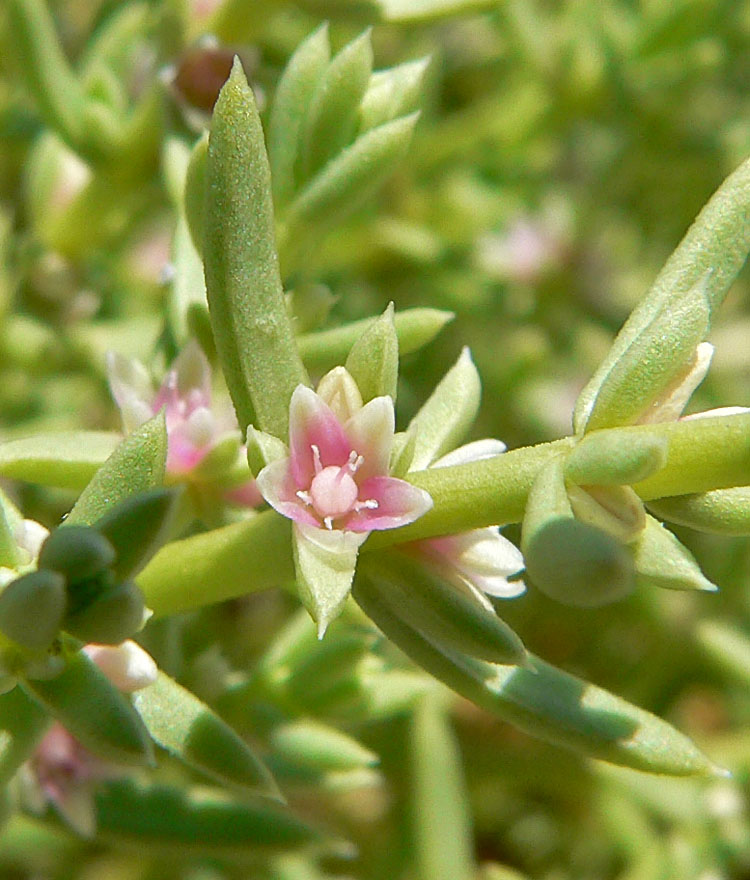

 The
The
List of allergic plants in family Chenopodiaceae at pollenlibrary.com
/ref>
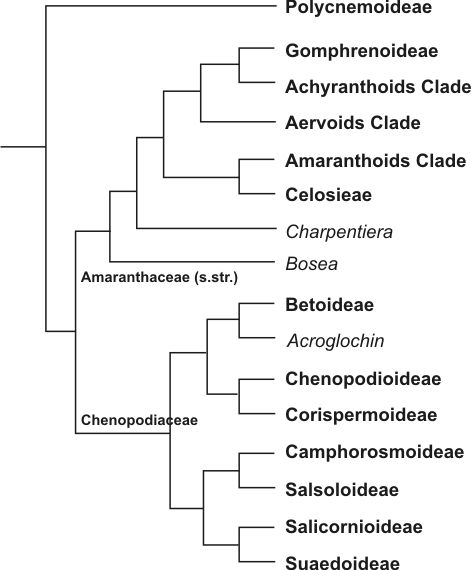

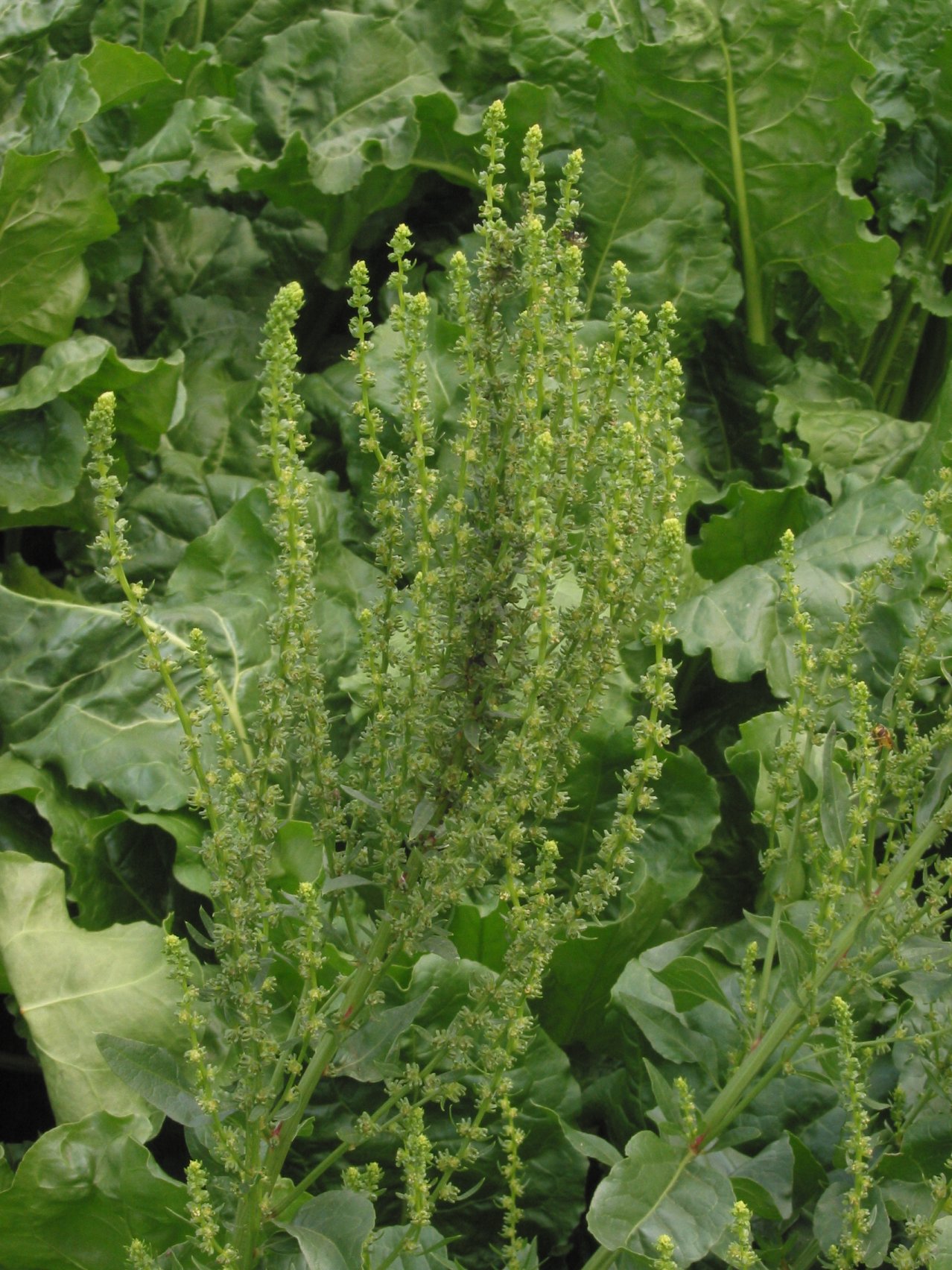
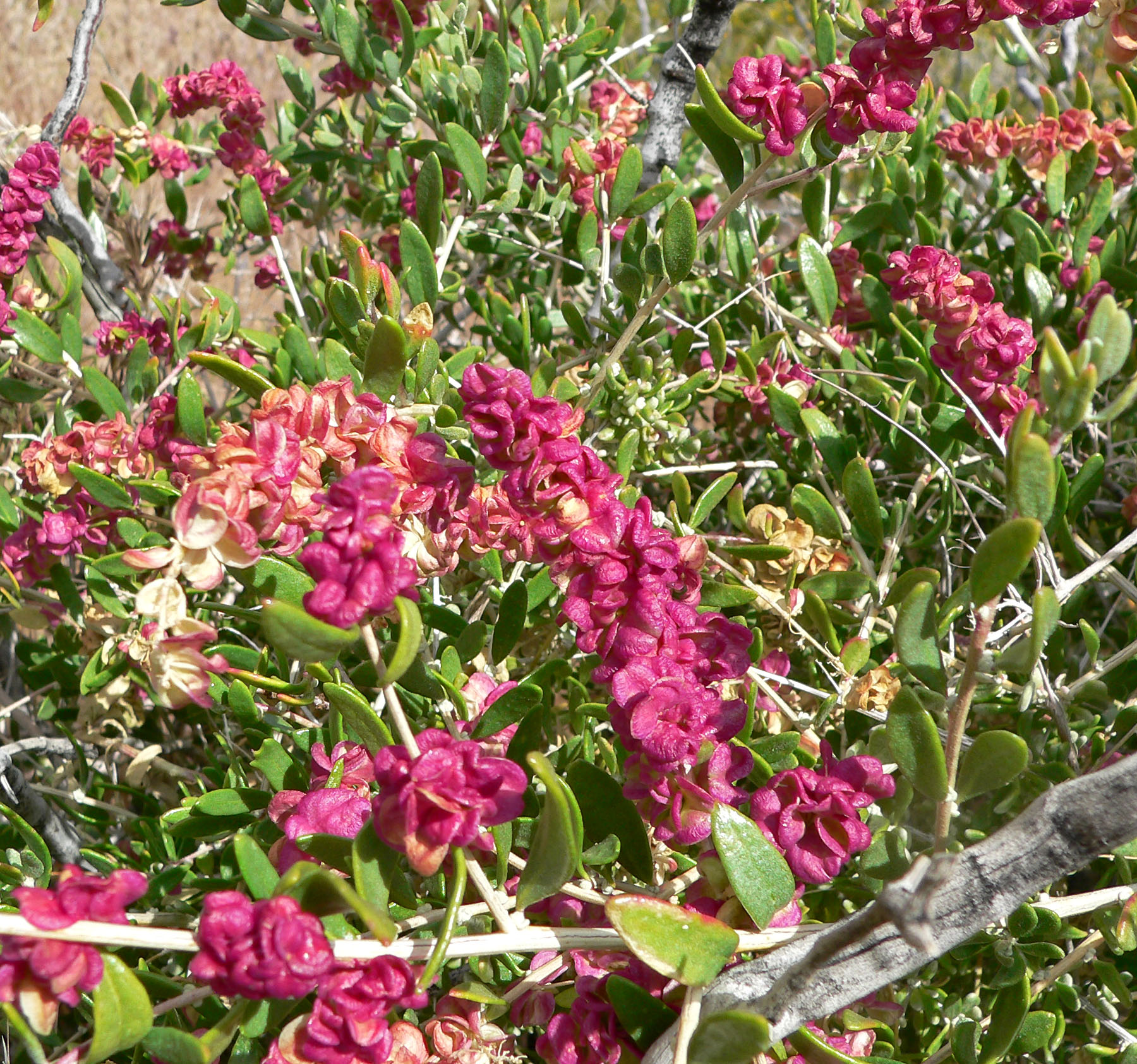
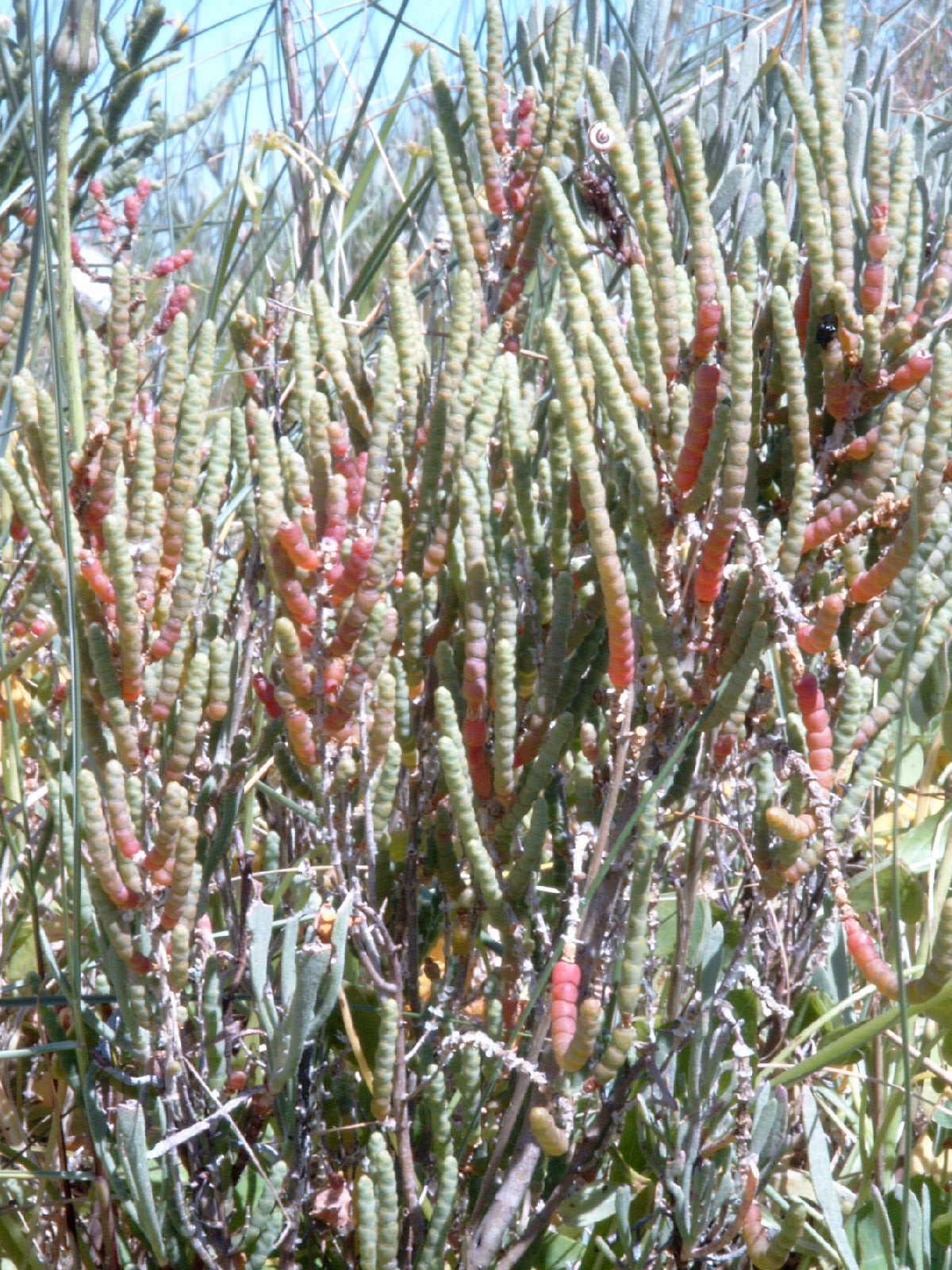

 In the
In the
The family Amaranthaceae
a
Genera of ''Amaranthaceae''
at Germplasm Resources Information Network (USDA) * *
Amaranthaceae
at Tropicos
i
IUCN link: Amaranthaceae threatened species
* Stanley L. Welsh, Clifford W. Crompton & Steven E. Clemants (2003)
Chenopodiaceae
in Flora of North America * Kenneth R. Robertson & Steven E. Clemants (2003)
Amaranthaceae
in Flora of North America * Gelin Zhu, Sergei L. Mosyakin & Steven E. Clemants (2003)
Chenopodiaceae
in Flora of China * Bojian Bao, Thomas Borsch & Steven E. Clemants (2003)
Amaranthaceae
in Flora of China {{Authority control Caryophyllales families
flowering plant
Flowering plants are plants that bear flowers and fruits, and form the clade Angiospermae (), commonly called angiosperms. The term "angiosperm" is derived from the Greek words ('container, vessel') and ('seed'), and refers to those plants th ...
s commonly known as the amaranth family, in reference to its type genus ''Amaranthus
''Amaranthus'' is a cosmopolitan genus of annual or short-lived perennial plants collectively known as amaranths. Some amaranth species are cultivated as leaf vegetables, pseudocereals, and ornamental plants. Catkin-like cymes of densely pac ...
''. It includes the former goosefoot family Chenopodiaceae and contains about 165 genera and 2,040 species, making it the most species-rich lineage within its parent order, Caryophyllales
Caryophyllales ( ) is a diverse and heterogeneous order of flowering plants that includes the cacti, carnations, amaranths, ice plants, beets, and many carnivorous plants. Many members are succulent, having fleshy stems or leaves. The betalai ...
.
Description
Vegetative characters
annual
Annual may refer to:
*Annual publication, periodical publications appearing regularly once per year
** Yearbook
** Literary annual
*Annual plant
*Annual report
*Annual giving
*Annual, Morocco, a settlement in northeastern Morocco
*Annuals (band), ...
or perennial
A perennial plant or simply perennial is a plant that lives more than two years. The term ('' per-'' + '' -ennial'', "through the years") is often used to differentiate a plant from shorter-lived annuals and biennials. The term is also wid ...
herbs or subshrubs; others are shrubs; very few species are vines or tree
In botany, a tree is a perennial plant with an elongated stem, or trunk, usually supporting branches and leaves. In some usages, the definition of a tree may be narrower, including only woody plants with secondary growth, plants that are ...
s. Some species are succulent. Many species have stems with thickened nodes. The wood of the perennial stem has a typical "anomalous" secondary growth
In botany, secondary growth is the growth that results from cell division in the cambia or lateral meristems and that causes the stems and roots to thicken, while primary growth is growth that occurs as a result of cell division at the tips of ...
; only in subfamily Polycnemoideae
The Polycnemoideae are a small subfamily of plants in the family Amaranthaceae, representing a basal evolutionary lineage. The few relictual species are distributed in Eurasia and North Africa, North America, and Australia.
Description
The sub ...
is secondary growth normal.
The leaves are simple and mostly alternate, sometimes opposite. They never possess stipule
In botany, a stipule is an outgrowth typically borne on both sides (sometimes on just one side) of the base of a leafstalk (the petiole). Stipules are considered part of the anatomy of the leaf of a typical flowering plant, although in many speci ...
s. They are flat or terete, and their shape is extremely variable, with entire or toothed margins. In some species, the leaves are reduced to minute scales. In most cases, neither basal nor terminal aggregations of leaves occur.

Inflorescence and flowers
 The
The flower
A flower, sometimes known as a bloom or blossom, is the reproductive structure found in flowering plants (plants of the division Angiospermae). The biological function of a flower is to facilitate reproduction, usually by providing a mechani ...
s are solitary or aggregated in cymes, spikes
The SPIKES protocol is a method used in clinical medicine to break bad news to patients and families. As receiving bad news can cause distress and anxiety, clinicians need to deliver the news carefully. By using the SPIKES method for introducing a ...
, or panicles and typically perfect (bisexual) and actinomorphic
Floral symmetry describes whether, and how, a flower, in particular its perianth, can be divided into two or more identical or mirror-image parts.
Uncommonly, flowers may have no axis of symmetry at all, typically because their parts are spirall ...
. Some species have unisexual flowers. Bracts and bracteole
In botany, a bract is a modified or specialized leaf, especially one associated with a reproductive structure such as a flower, inflorescence axis or cone scale. Bracts are usually different from foliage leaves. They may be smaller, larger, or o ...
s are either herbaceous or scarious. Flowers are regular with an herbaceous or scarious perianth of (one to) mostly five (rarely to eight) tepal
A tepal is one of the outer parts of a flower (collectively the perianth). The term is used when these parts cannot easily be classified as either sepals or petals. This may be because the parts of the perianth are undifferentiated (i.e. of very ...
s, often joined. One to five stamens are opposite to tepals or alternating, inserting from a hypogynous disc, which may have appendages (pseudostaminodes
In botany, a staminode is an often rudimentary, sterile or abortive stamen, which means that it does not produce pollen.Jackson, Benjamin, Daydon; ''A Glossary of Botanic Terms with their Derivation and Accent''; Published by Gerald Duckworth & Co. ...
) in some species. The anthers have two or four pollen sacs ( locules). In tribe Caroxyloneae, anthers have vesicular appendages. The pollen grains are spherical with many pores (pantoporate), with pore numbers from a few to 250 (in '' Froelichia''). One to three (rarely six) carpel
Gynoecium (; ) is most commonly used as a collective term for the parts of a flower that produce ovules and ultimately develop into the fruit and seeds. The gynoecium is the innermost whorl of a flower; it consists of (one or more) '' pistils' ...
s are fused to a superior ovary with one (rarely two) basal ovule. Idioblasts are found in the tissues.
Fruits and seeds
The diaspores areseed
A seed is an embryonic plant enclosed in a protective outer covering, along with a food reserve. The formation of the seed is a part of the process of reproduction in seed plants, the spermatophytes, including the gymnosperm and angiospe ...
s or fruit
In botany, a fruit is the seed-bearing structure in flowering plants that is formed from the ovary after flowering.
Fruits are the means by which flowering plants (also known as angiosperms) disseminate their seeds. Edible fruits in particu ...
s ( utricles), more often the perianth persists and is modified in fruit for means of dispersal. Sometimes even bracts and bracteoles may belong to the diaspore. More rarely the fruit is a circumscissile capsule or a berry. The horizontal or vertical seed often has a thickened or woody seed coat. The green or white embryo is either spirally (and without perisperm
In seed plants, the ovule is the structure that gives rise to and contains the female reproductive cells. It consists of three parts: the ''integument'', forming its outer layer, the ''nucellus'' (or remnant of the megasporangium), and the fe ...
) or annular (rarely straight).
Chromosome number
The basicchromosome
A chromosome is a long DNA molecule with part or all of the genetic material of an organism. In most chromosomes the very long thin DNA fibers are coated with packaging proteins; in eukaryotic cells the most important of these proteins are ...
number is (rarely 6) mostly 8–9 (rarely 17).
Phytochemistry
Widespread in the Amaranthaceae is the occurrence ofbetalain
Betalains are a class of red and yellow tyrosine-derived pigments found in plants of the order Caryophyllales, where they replace anthocyanin pigments. Betalains also occur in some higher order fungi. They are most often noticeable in the petals ...
pigments. The former Chenopodiaceae often contain isoflavonoid
Isoflavonoids are a class of flavonoid phenolic compounds, many of which are biologically active. Isoflavonoids and their derivatives are sometimes referred to as phytoestrogens, as many isoflavonoid compounds have biological effects via the estr ...
s.
In phytochemical research, several methylenedioxyflavonols, saponins, triterpenoids, ecdysteroids, and specific root-located carbohydrates have been found in these plants.
Photosynthesis pathway
Although most of the family use the more common photosynthesis pathway, around 800 species are plants; this makes the Amaranthaceae the largest group with thisphotosynthesis
Photosynthesis is a process used by plants and other organisms to convert light energy into chemical energy that, through cellular respiration, can later be released to fuel the organism's activities. Some of this chemical energy is stored i ...
pathway among the eudicots (which collectively includes about 1,600 species). Within the family, several types of photosynthesis occur, and about 17 different types of leaf anatomy are realized. Therefore, this photosynthesis pathway seems to have developed about 15 times independently during the evolution of the family. About two-thirds of the species belong to the former Chenopodiaceae. The first occurrence of photosynthesis dates from the early Miocene
The Miocene ( ) is the first epoch (geology), geological epoch of the Neogene Period and extends from about (Ma). The Miocene was named by Scottish geologist Charles Lyell; the name comes from the Greek words (', "less") and (', "new") and mea ...
, about 24 million years ago, but in some groups, this pathway evolved much later, about 6 (or less) million years ago.
The multiple origin of photosynthesis in the Amaranthaceae is regarded as an evolutionary response to inexorably decreasing atmospheric levels, coupled with a more recent permanent shortage in water supply as well as high temperatures. Species with higher water-use efficiency had a selective advantage and were able to spread out into arid habitats.
Distribution
Amaranthaceae is a widespread andcosmopolitan family
In biogeography, cosmopolitan distribution is the term for the range of a taxon that extends across all or most of the world in appropriate habitats. Such a taxon, usually a species, is said to exhibit cosmopolitanism or cosmopolitism. The extr ...
from the tropics to cool temperate regions. The Amaranthaceae (''sensu stricto'') are predominantly tropical, whereas the former Chenopodiaceae have their centers of diversity in dry temperate and warm temperate areas. Many of the species are halophyte
A halophyte is a salt-tolerant plant that grows in soil or waters of high salinity, coming into contact with saline water through its roots or by salt spray, such as in saline semi-deserts, mangrove swamps, marshes and sloughs and seashores. Th ...
s, tolerating salty soils, or grow in dry steppes or semi-deserts.
Economic importance
Some species, such as spinach (''Spinacia oleracea
Spinach (''Spinacia oleracea'') is a leafy green flowering plant native to central and western Asia. It is of the order Caryophyllales, family Amaranthaceae, subfamily Chenopodioideae. Its leaves are a common edible vegetable consumed either fre ...
'') or forms of beet
The beetroot is the taproot portion of a beet plant, usually known in North America as beets while the vegetable is referred to as beetroot in British English, and also known as the table beet, garden beet, red beet, dinner beet or golden beet ...
('' Beta vulgaris'') ( beetroot, chard), are used as vegetable
Vegetables are parts of plants that are consumed by humans or other animals as food. The original meaning is still commonly used and is applied to plants collectively to refer to all edible plant matter, including the flowers, fruits, stems, ...
s. Forms of ''Beta vulgaris'' include fodder beet ('' Mangelwurzel'') and sugar beet. The seeds of ''Amaranthus
''Amaranthus'' is a cosmopolitan genus of annual or short-lived perennial plants collectively known as amaranths. Some amaranth species are cultivated as leaf vegetables, pseudocereals, and ornamental plants. Catkin-like cymes of densely pac ...
'', lamb's quarters
Lamb's quarter, lambsquarters, and similar terms refer to any of various edible species of herbaceous plants otherwise known by the common names goosefoot or pigweed.
There are numerous variations, with or without hyphens and apostrophes, using o ...
(''Chenopodium berlandieri''), quinoa
Quinoa (''Chenopodium quinoa''; , from Quechua ' or ') is a flowering plant in the amaranth family. It is a herbaceous annual plant grown as a crop primarily for its edible seeds; the seeds are rich in protein, dietary fiber, B vitamins, a ...
(''Chenopodium quinoa'') and kañiwa (''Chenopodium pallidicaule'') are edible and are used as pseudocereals
A pseudocereal or pseudograin is one of any non-grasses that are used in much the same way as cereals (true cereals are grasses). Pseudocereals can be further distinguished from other non-cereal staple crops (such as potatoes) by their being pro ...
.
'' Dysphania ambrosioides'' (epazote) and ''Dysphania anthelmintica'' are used as medicinal herbs. Several amaranth species are also used indirectly as a source of soda ash
Sodium carbonate, , (also known as washing soda, soda ash and soda crystals) is the inorganic compound with the formula Na2CO3 and its various hydrates. All forms are white, odourless, water-soluble salts that yield moderately alkaline solutions ...
, such as members of the genus '' Salicornia'' (see glasswort).
A number of species are popular garden ornamental plant
Ornamental plants or garden plants are plants that are primarily grown for their beauty but also for qualities such as scent or how they shape physical space. Many flowering plants and garden varieties tend to be specially bred cultivars that ...
s, especially species from the genera ''Alternanthera
''Alternanthera'' is a genus of flowering plants in the family Amaranthaceae. It is a widespread genus with most species occurring in the tropical Americas,Sánchez-Del Pino, I., et al. (2012)Molecular phylogenetics of ''Alternanthera'' (Gomphren ...
'', ''Amaranthus
''Amaranthus'' is a cosmopolitan genus of annual or short-lived perennial plants collectively known as amaranths. Some amaranth species are cultivated as leaf vegetables, pseudocereals, and ornamental plants. Catkin-like cymes of densely pac ...
'', ''Celosia
''Celosia'' ( ) is a small genus of edible and ornamental plants in the amaranth family, Amaranthaceae. The generic name is derived from the Ancient Greek word (), meaning "burning", and refers to the flame-like flower heads. Species are commonl ...
'', and '' Iresine''. Other species are considered weed
A weed is a plant considered undesirable in a particular situation, "a plant in the wrong place", or a plant growing where it is not wanted.Harlan, J. R., & deWet, J. M. (1965). Some thoughts about weeds. ''Economic botany'', ''19''(1), 16-24. ...
s, e.g., redroot pigweed (''Amaranthus retroflexus
''Amaranthus retroflexus'' is a species of flowering plant in the family Amaranthaceae with several common names, including red-root amaranth, redroot pigweed, red-rooted pigweed, common amaranth, pigweed amaranth, and common tumbleweed. page 4 ...
'') and alligatorweed ('' Alternanthera philoxeroides''), and several are problematic invasive species, particularly in North America, including ''Kali tragus
is a species of flowering plant in the family Amaranthaceae. It is known by various common names such as prickly Russian thistle, windwitch, or common saltwort. It is widely known simply as tumbleweed because in many regions of the United State ...
'' and ''Bassia scoparia
''Bassia scoparia'' is a large annual herb in the family Amaranthaceae ('' sensu lato'') native to Eurasia. It has been introduced to many parts of North America,
''. Many species are known to cause pollen allergies./ref>
Systematics






 In the
In the APG IV system
The APG IV system of flowering plant classification is the fourth version of a modern, mostly molecular-based, system of plant taxonomy for flowering plants (angiosperms) being developed by the Angiosperm Phylogeny Group (APG). It was published ...
of 2016, as in the previous Angiosperm Phylogeny Group
The Angiosperm Phylogeny Group (APG) is an informal international group of systematic botanists who collaborate to establish a consensus on the taxonomy of flowering plants (angiosperms) that reflects new knowledge about plant relationships disc ...
classifications, the family is placed in the order Caryophyllales
Caryophyllales ( ) is a diverse and heterogeneous order of flowering plants that includes the cacti, carnations, amaranths, ice plants, beets, and many carnivorous plants. Many members are succulent, having fleshy stems or leaves. The betalai ...
and includes the plants formerly treated as the family Chenopodiaceae. The monophyly of this broadly defined Amaranthaceae has been strongly supported by both morphological and phylogenetic
In biology, phylogenetics (; from Greek φυλή/ φῦλον [] "tribe, clan, race", and wikt:γενετικός, γενετικός [] "origin, source, birth") is the study of the evolutionary history and relationships among or within groups o ...
analyses.
The family Amaranthaceae was first published in 1789 by Antoine Laurent de Jussieu in ''Genera Plantarum'', p. 87–88. The first publication of family Chenopodiaceae was in 1799 by Étienne Pierre Ventenat in ''Tableau du Regne Vegetal'', 2, p. 253. The older name has priority and is now the valid scientific name of the extended Amaranthaceae (''s.l.'' = ''sensu lato'').
Some publications still continued to use the family name Chenopodiaceae. Phylogenetic research revealed the important impact of the subfamily Polycnemoideae
The Polycnemoideae are a small subfamily of plants in the family Amaranthaceae, representing a basal evolutionary lineage. The few relictual species are distributed in Eurasia and North Africa, North America, and Australia.
Description
The sub ...
on the classification (see cladogram): if Polycnemoideae are considered a part of Chenopodiaceae, then Amaranthaceae (''s.str.'' = ''sensu stricto'') have to be included, too, and the name of the extended family is Amaranthaceae. If Polycnemoideae would be separated as its own family, Chenopodiaceae and Amaranthaceae (''s.str.'') would form two distinct monophyletic groups and could be treated as two separate families.
Amaranthaceae (''s.l.'') includes the former families Achyranthaceae , Atriplicaceae , Betaceae , Blitaceae , Celosiaceae , Chenopodiaceae ''nom. cons.'', Corispermaceae , Deeringiaceae , Dysphaniaceae ''nom. cons.'', Gomphrenaceae , Polycnemaceae , Salicorniaceae , Salsolaceae , and Spinaciaceae .
The systematics of Amaranthaceae are the subject of intensive recent research. Molecular genetic studies revealed the traditional classification, based on morphological and anatomical characters, often did not reflect the phylogenetic relationships.
The former Amaranthaceae (in their narrow circumscription) are classified into two subfamilies, Amaranthoideae
The Amaranthoideae are a subfamily of the Amaranthaceae. The stamens have anthers with two lobes (locules) and four pollen sacs.
The main distribution of the subfamily is in tropical Americas, America, in Tropical Africa, tropical and Southern A ...
and Gomphrenoideae
The Gomphrenoideae are a subfamily of the Amaranthaceae.
The stamens have anthers with only one lobe (locule) and two pollen sacs. Many species show C4-photosynthesis pathway.
The center of diversity lies in Central America, Mexico and the dry ...
, and contain about 65 genera and 900 species in tropical Africa
Africa is the world's second-largest and second-most populous continent, after Asia in both cases. At about 30.3 million km2 (11.7 million square miles) including adjacent islands, it covers 6% of Earth's total surface area ...
and North America. The Amaranthoideae and some genera of Gomphrenoideae were found to be polyphyletic
A polyphyletic group is an assemblage of organisms or other evolving elements that is of mixed evolutionary origin. The term is often applied to groups that share similar features known as homoplasies, which are explained as a result of conver ...
, so taxonomic changes are needed.
Current studies classified the species of former Chenopodiaceae to eight distinct subfamilies (the research is not yet completed): Polycnemoideae
The Polycnemoideae are a small subfamily of plants in the family Amaranthaceae, representing a basal evolutionary lineage. The few relictual species are distributed in Eurasia and North Africa, North America, and Australia.
Description
The sub ...
, which are regarded as a basal lineage, Betoideae
The Betoideae are a small subfamily of the flowering plant amaranth family, Amaranthaceae ''sensu lato'' (or in Chenopodiaceae ''sensu stricto''). Commonly known members include beet, sugar beet, chard, and mangelwurzel, which all are cultivars o ...
, Camphorosmoideae
Camphorosmeae is a species-rich tribe of the Amaranthaceae, formerly Chenopodiaceae, with 20 genera and about 179 species. It is classified as a single tribe of subfamily Camphorosmoideae.
Description
The Camphorosmeae are mostly dwarf shrubs ...
, Chenopodioideae, Corispermoideae
The Corispermoideae are a subfamily of the Amaranthaceae, formerly in family Chenopodiaceae.
Description
The species of the subfamily Corispermoideae are all annual plants. Leaves are mostly alternate, sessile or petiole-like attenuate, lamina ...
, Salicornioideae
The Salicornioideae are a subfamily of the flowering plant family Amaranthaceae (''sensu lato'', including the Chenopodiaceae). Important characters are succulent, often articulated stems, strongly reduced leaves, and flowers aggregated in thick, ...
, Salsoloideae
The Salsoloideae are a subfamily of the Amaranthaceae, formerly in family Chenopodiaceae.
Description
These are herbs, subshrubs, shrubs and some trees. Stems and leaves are often succulent. The ovary contains a spiral embryo. In most genera ...
, and Suaedoideae
The Suaedoideae are a subfamily of plants in the family Amaranthaceae (now including the former family Chenopodiaceae).
Description
The Suaedoideae have well-developed leaves. Except for genus ''Bienertia'', the leaves show a central and many ...
. In this preliminary classification, the Amaranthaceae ''s.l.'' are divided into 10 subfamilies with approximately 180 genera and 2,500 species.
Genera
A short synoptic list of genera is given here. For further and more detailed information, see the subfamily pages.References
External links
* *The family Amaranthaceae
a
Genera of ''Amaranthaceae''
at Germplasm Resources Information Network (USDA) * *
Amaranthaceae
at Tropicos
i
IUCN link: Amaranthaceae threatened species
* Stanley L. Welsh, Clifford W. Crompton & Steven E. Clemants (2003)
Chenopodiaceae
in Flora of North America * Kenneth R. Robertson & Steven E. Clemants (2003)
Amaranthaceae
in Flora of North America * Gelin Zhu, Sergei L. Mosyakin & Steven E. Clemants (2003)
Chenopodiaceae
in Flora of China * Bojian Bao, Thomas Borsch & Steven E. Clemants (2003)
Amaranthaceae
in Flora of China {{Authority control Caryophyllales families